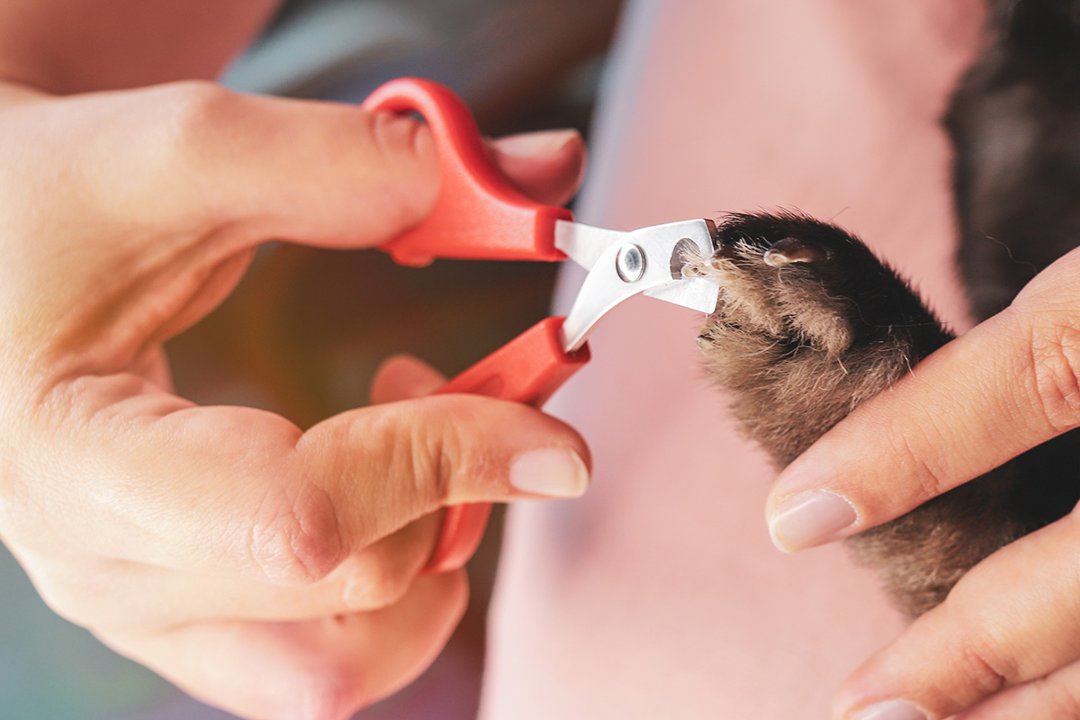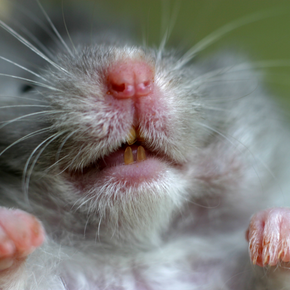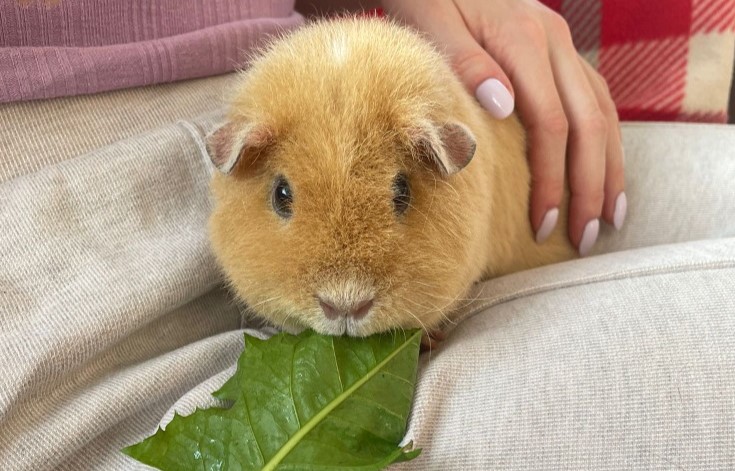Guinea pigs are adorable and social creatures that make great pets. However, they do require some specialized care, including regular teeth trimming. Guinea pigs’ teeth grow continuously, and if they are not trimmed, they can become overgrown and cause a variety of health problems. In this article, we will provide you with a comprehensive guide to guinea pig teeth trimming. We will discuss why it is important to trim your guinea pig’s teeth, how to do it safely and effectively, and what to do if your guinea pig’s teeth become overgrown.
Seemore: Can Guinea Pigs Eat Asparagus? – A Complete Guide
Contents
Why is it important to trim your guinea pig’s teeth?

As mentioned earlier, guinea pigs’ incisors, or front teeth, grow continuously. This means that they need to be trimmed regularly to prevent them from becoming overgrown. But why is this so important? Let’s take a closer look at the potential health problems that can arise from overgrown teeth.
Malocclusion
Malocclusion is a condition in which the teeth do not align properly. This can occur when the teeth are not trimmed regularly, causing them to grow too long and out of alignment. This can make it difficult for your guinea pig to eat and groom itself, leading to discomfort and potential weight loss.
To prevent malocclusion, it is essential to keep your guinea pig’s teeth trimmed to a proper length. Regular trimming will ensure that the teeth stay aligned and do not cause any issues for your furry friend.
Abscesses
Overgrown teeth can also lead to abscesses, which are pockets of pus that form around the root of the tooth. This can happen when the overgrown teeth puncture the gums, allowing bacteria to enter and cause an infection. Abscesses can be painful and may require veterinary treatment, including draining and antibiotics.
By keeping your guinea pig’s teeth trimmed, you can prevent the risk of abscesses and keep your pet healthy and happy.
Jaw Problems
Overgrown teeth can also put pressure on the jaw, causing pain and discomfort for your guinea pig. This can make it difficult for them to eat and can even lead to difficulty in opening their mouth. In severe cases, overgrown teeth can cause damage to the jaw bone, which can be extremely painful for your pet.
Regularly trimming your guinea pig’s teeth will help prevent any jaw problems from occurring and ensure that they can eat and groom comfortably.
Difficulty Eating
Overgrown teeth can make it challenging for your guinea pig to eat, which can lead to weight loss and malnutrition. As herbivores, guinea pigs rely on a diet of hay, vegetables, and pellets to meet their nutritional needs. If their teeth are too long, they may struggle to chew and consume their food properly, leading to malnutrition and other health issues.
By keeping your guinea pig’s teeth trimmed, you can ensure that they can eat without any difficulties and maintain a healthy diet.
Safety Hazard
In addition to the potential health problems mentioned above, overgrown teeth can also be a safety hazard for your guinea pig. Their teeth can grow so long that they can actually pierce the roof of their mouth or cause damage to their eyes. This can be extremely painful and may require immediate veterinary attention.
Trimming your guinea pig’s teeth regularly can prevent these accidents from happening and keep your pet safe and comfortable.
How to trim your guinea pig’s teeth safely and effectively?

Now that we understand the importance of trimming your guinea pig’s teeth let’s discuss how to do it safely and effectively. It is essential to note that if you are not confident in trimming your guinea pig’s teeth, it is best to seek the help of a veterinarian or a professional groomer.
Supplies needed
Before you begin, make sure you have all the necessary supplies. These include:
- A pair of small animal nail clippers or guinea pig-specific tooth trimmers
- A towel or blanket to wrap your guinea pig in
- A small flashlight (optional)
- Styptic powder or cornstarch (in case of bleeding)
Step-by-step guide
- Prepare your guinea pig: Start by wrapping your guinea pig in a towel or blanket, leaving only their head exposed. This will help keep them still and make it easier for you to handle them.
- Locate the teeth: Using your fingers, gently pull back your guinea pig’s lips to expose their front teeth. You can also use a small flashlight to get a better view.
- Identify the overgrown teeth: Look for any teeth that are longer than the others or appear to be causing discomfort to your guinea pig.
- Trim the teeth: Using the nail clippers or tooth trimmers, carefully trim the overgrown teeth. Make sure to only trim the tip of the tooth and avoid cutting into the sensitive pulp inside the tooth.
- Check for bleeding: After trimming, check for any signs of bleeding. If there is any bleeding, apply styptic powder or cornstarch to the area to stop it.
- Reward your guinea pig: Once you are done, reward your guinea pig with a treat and lots of love and affection. This will help them associate teeth trimming with positive experiences.
What to do if your guinea pig’s teeth become overgrown?

If your guinea pig’s teeth have become severely overgrown, it is essential to seek veterinary care immediately. In some cases, the teeth may need to be trimmed under anesthesia, especially if they have caused damage to the jaw or other health issues.
Your veterinarian may also recommend a change in diet or provide you with specific instructions for at-home teeth trimming to prevent future overgrowth.
Tips for maintaining your guinea pig’s dental health

Aside from regular teeth trimming, there are a few things you can do to help maintain your guinea pig’s dental health.
- Provide a proper diet: As mentioned earlier, guinea pigs need a diet rich in hay, vegetables, and pellets to keep their teeth healthy. The constant chewing on these foods helps wear down their teeth naturally.
- Offer chew toys: Guinea pigs also need to chew on hard objects to keep their teeth trimmed. Providing them with chew toys, such as wooden blocks or apple branches, can help prevent overgrown teeth.
- Regular check-ups: It is essential to take your guinea pig for regular check-ups with a veterinarian who is knowledgeable about small animals. This will ensure that any potential dental issues are caught early on and treated promptly.
Conclusion

In conclusion, trimming your guinea pig’s teeth is an essential part of their overall care. It not only prevents potential health problems but also ensures that your pet can eat and groom comfortably. By following the steps outlined in this guide and providing your guinea pig with a proper diet and regular check-ups, you can help keep their teeth healthy and strong. Remember, if you are not confident in trimming your guinea pig’s teeth, seek professional help to ensure the safety and well-being of your furry friend.
